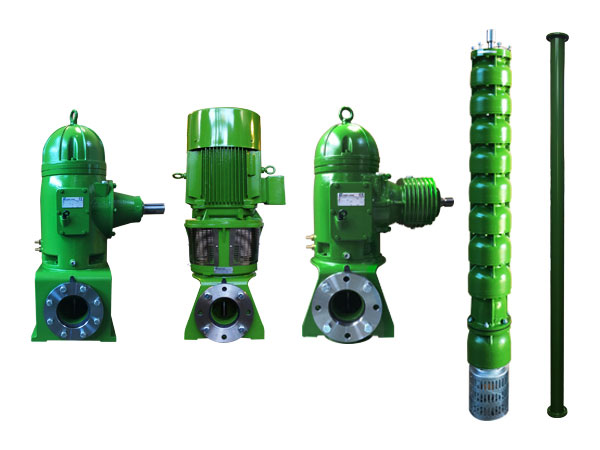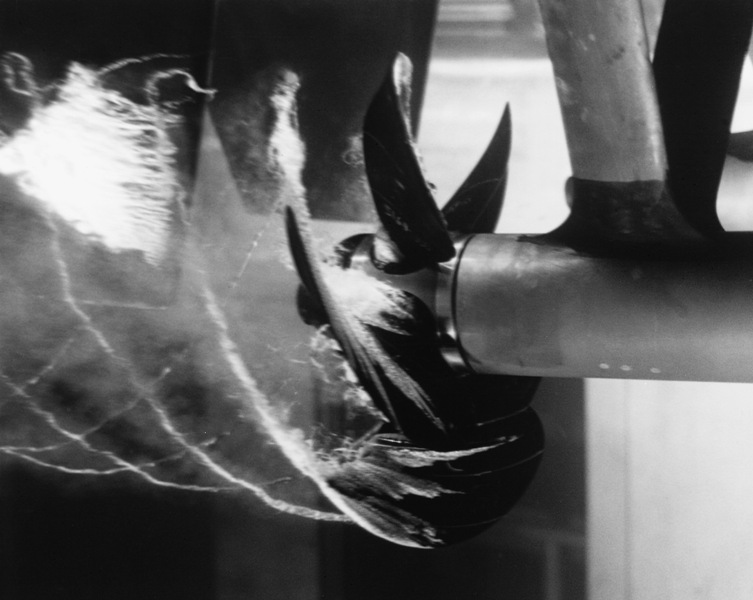Electric hydraulic pumps: types and advantages for every use
Electric hydraulic pumps have the specific function of moving the flow of water through a mechanism powered by electricity. These systems can be the solution for recovering liquids in different sectors and situations, from industrial to agricultural use, and for domestic use for smaller devices.
In any case, the main element of electric hydraulic pumps is the motor, which enables the pump to perform its task of recovering the flow water. The energy produced by the electric motor enables the movement of water or a specific liquid from one point to another. But let’s take a closer look at what electric hydraulic pumps are and which types are present on the market.
What are electric hydraulic pumps?
Electric hydraulic pumps are systems that have a specific structure mainly divided into 3 parts:
- suction, i.e. the inlet of the liquid, positioned in line with the central axis of the electric pump;
- the electric motor that moves the impellers, which in turn push the liquids to the centre of the pump outwards;
- the outlet, where via the electric impulse the energy is transformed into pressure, or head, which pushes out the recovered liquid.
All Pompe Zanni electric hydraulic pumps guarantee an optimal mechanical seal of this process, thanks to which the recovered water is prevented from passing through the motor and consequently interrupting its operation.
The maximum performance of a hydraulic pump is achieved when the flow rate is zero. In this way, having no displacement of liquids, all the energy will be transformed into hydrostatic pressure.
On the other hand, when the flow rate is higher, the water pressure decreases. This is because the energy will be used to move the water towards the outlet.
Advantages of electric pumps
Choosing an electric pump means being able to rely on a fundamental tool for different applications. Electric hydraulic pumps can provide a number of advantages for:
- recovering water in a well towards the surface;
- circulating the water and moving it towards specific piping systems such as radiators;
- cleaning the water of a swimming pool by filtering it;
- moving the water collected in a cistern towards different houses;
- desalinating water by exploiting the hydraulic pressure.
The main types of pumps
There are various types of these systems. Very briefly, they can be classified according to:
- the direction of the flow that passes through it, distinguished as: centrifugal, when it is necessary to provide high head with low flow rates, and axial, when it is necessary to provide low head at high flow rates.
- The axis, which can be horizontal, vertical or inclined.
- The pump casing, which can be on the surface, submerged, or coaxial, depending on the position of the liquid to be moved.
- The number of impellers, distinguished as single-stage pumps, i.e. with a single impeller, or multi-stage pumps.
- The material, which can be metallic or thermoplastic.
In addition to these particular characteristics, there are other criteria for distinguishing different types of pumps. It is very important to differentiate monoblock pumps and magnetic drive pumps.
- Monoblock pumps: have the casing and impeller machined from the billet in order to make the most of the mechanical characteristics of the thermoplastic material. These pumps are optimal because they do not have the typical defects of moulding such as voids, burns or deformations.
- Magnetic drive pumps: in which the power of the motor is transmitted to the pump impeller without contact and by means of a magnetic coupling, making any liquid leakage impossible. These pumps are the ideal solution when dealing with corrosive liquids.



